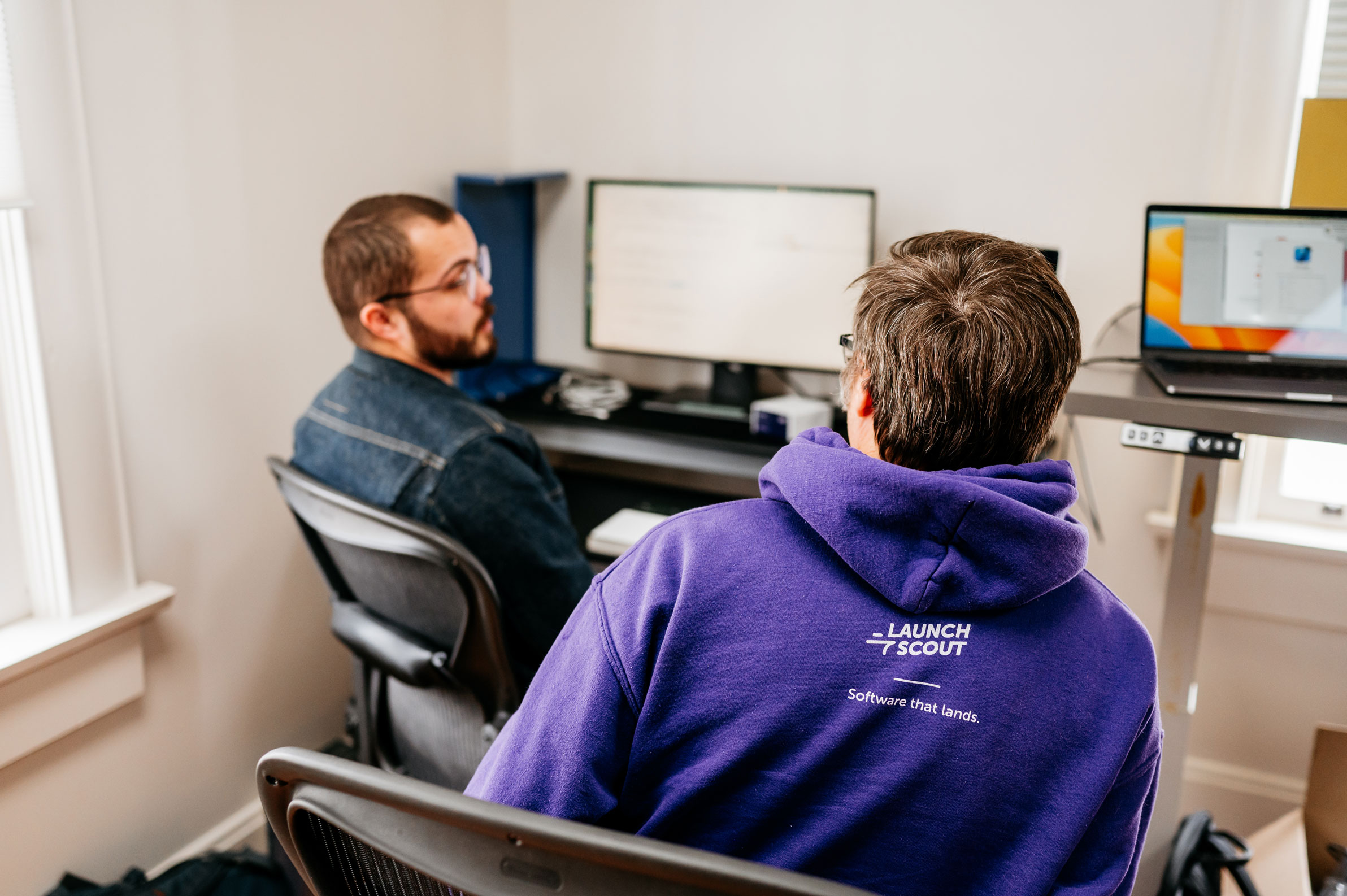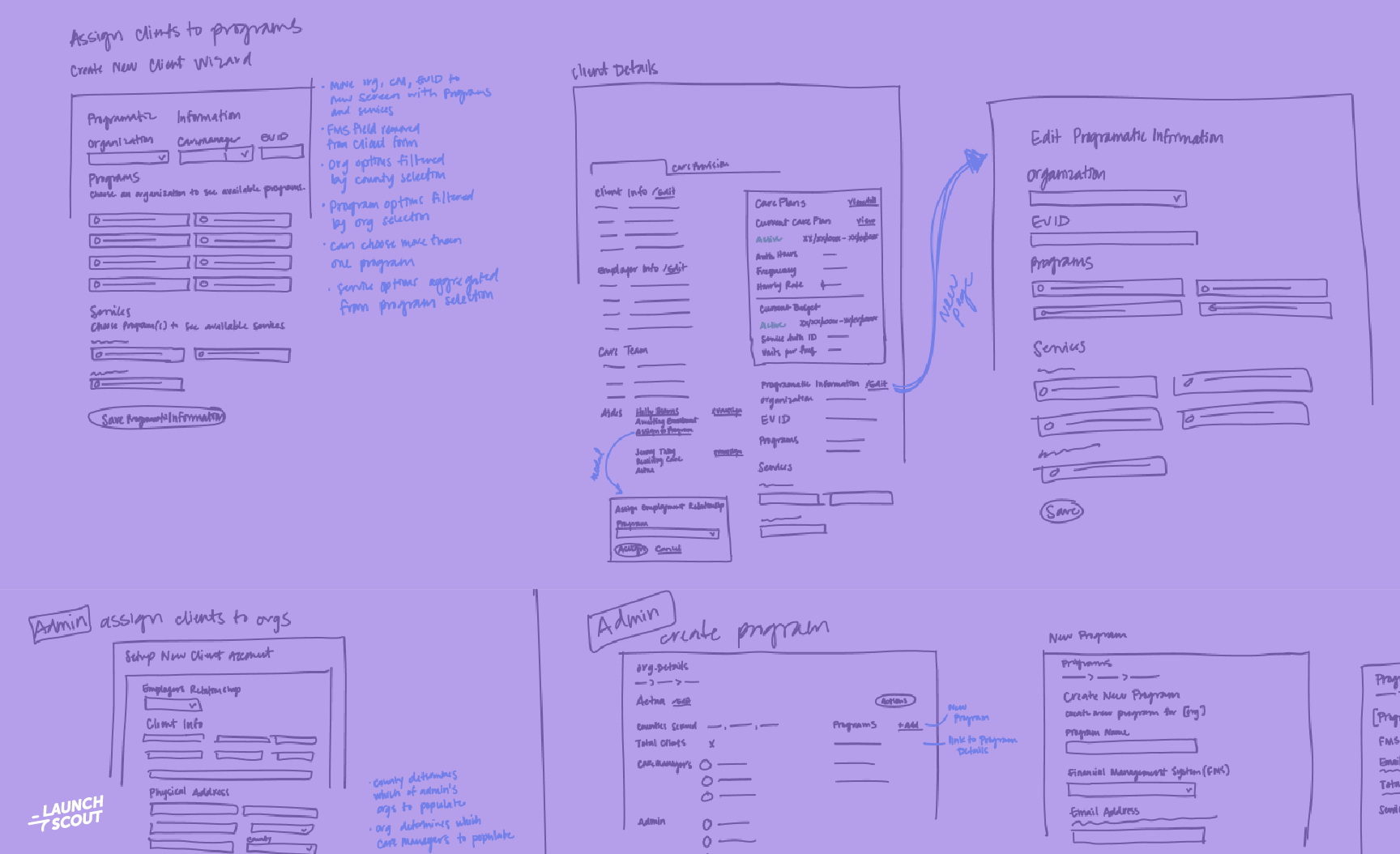4 March 2015
Learn Twice as Much at Sales Meetings With a Business Model Canvas
Recently, I went along on a sales call at a local market research firm. While my co-worker had talked to the company before, I knew next to nothing about the potential client or what kind of app they might want to build. So I grabbed a blank business model canvas template (see below) from the popular Business Model Generation book. It’s an incredibly powerful tool for gaining a deeper understanding of a potential client’s business during the sales and discovery process. Here’s a quick overview of how I use the business model canvas to learn twice as much at sales meetings.
The business canvas is designed to quickly describe the core of any business or product offering. Every successful business or standalone product can be described through the canvas. In fact, if one of the nine sections isn’t defined, you know that your business cannot succeed until you solve for the missing section. For this reason, I take notes on the canvas during a sales call and figure out as much as I can when talking to the prospective client. This helps me understand the client’s real needs and how we can help. Here’s the business canvas I filled out during my recent sales meeting.
Here are some questions I ask myself as I’m taking notes. They allow me to learn the client’s business and figure out where a new software application might provide real value.
Which sections can I fill in based on a client’s existing offerings?
In this case, I knew the client’s customer relationships, channels, key partners, and cost structure were not really impacted by the new product we might build together. In fact, most of these questions were not relevant as they were already solved problems by the client. I just indicated they were not applicable as they came up in the conversation. You’ll notice I did jot down the names of their customers, so I knew who they were. But this information doesn’t matter too much when it comes to identifying the value of the new product.
How will an application we build help improve each area?
If you can read my notes, you’ll see I added the cliché “value added tool” for my notes in the Revenue Streams section. I noted that they sell consumer research tests, so now I understand that the new tool will increase the value provided to the customer for each test. This will happen at no charge, as a separate add on, or help command a higher price for the testing services.
Does the client actually understand how the project will meet or improve the value proposition (or key activities, etc.)?
The notes I added for Value Propositions are all currently the status quo. During the sales call, I wasn’t sure how the product would actually add more value to the client’s customers. Although I didn’t add notes for it, I determined that we’d essentially be building a portal for the data that is currently provided to the customers. If a client really doesn’t know the answer, it’s a red flag that there might not be a project to work on. Hopefully, we can work this out in future sales meetings or possibly in a discovery period. If not, we shouldn’t take the project.
Which areas are the key motivators for the project?
Unless the client is an actual startup, there are probably one or two areas of the canvas that form the crux of the project. It’s really hard for an application to cover all nine areas on the canvas, so it’s a lot easier if seven of the nine are solved problems before we start work. Then we can focus on the most important problems and build a solution that is targeted to their needs.
In this client’s case, I really care about the Key Activities, Key Resources, and Value Propositions. As I talked to them more, I realized they already done most of the groundwork in Key Activities. Essentially, we’d be building a front end (this is a Key Resource) that will expose the data (from Key Activities) that will increase value (Value Propositions). The value will primarily be created through a well-designed interface that provides ongoing access to research data.
In a follow-up post, I’ll talk about how to take the found gaps from the business model canvas and use them to describe the scope of work for a project.




